Whereas Article 1 sets out the powers of the legislative branch, Article 2 establishes the executive branch, which consists of the President, Vice President, and executive departments and agencies responsible for enforcing laws.
But what is Article 2 of the Constitution?
Article 2 introduces the executive branch, which comprises the President, Vice-President, and other executive officers.
Read on to learn how Article 2 defines the powers, duties, and limitations of the President and the executive branch in governing the United States.
Click here or scroll down for a detailed summary of Article 2 of the U.S. Constitution, including its key provisions on presidential powers and responsibilities.
Article 2, Section 1
- The executive Power shall be vested in a President of the United States of America. He shall hold his Office during the Term of four Years, and, together with the Vice President, chosen for the same Term, be elected, as follows
- Each State shall appoint, in such Manner as the Legislature thereof may direct, a Number of Electors, equal to the whole Number of Senators and Representatives to which the State may be entitled in the Congress: but no Senator or Representative, or Person holding an Office of Trust or Profit under the United States, shall be appointed an Elector.
- The Electors shall meet in their respective States, and vote by Ballot for two Persons, of whom one at least shall not be an Inhabitant of the same State with themselves. And they shall make a List of all the Persons voted for, and of the Number of Votes for each; which List they shall sign and certify, and transmit sealed to the Seat of the Government of the United States, directed to the President of the Senate. The President of the Senate shall, in the Presence of the Senate and House of Representatives, open all the Certificates, and the Votes shall then be counted. The Person having the greatest Number of Votes shall be the President, if such Number be a Majority of the whole Number of Electors appointed; and if there be more than one who have such Majority, and have an equal Number of Votes, then the House of Representatives shall immediately chuse by Ballot one of them for President; and if no Person have a Majority, then from the five highest on the List the said House shall in like Manner chuse the President. But in chusing the President, the Votes shall be taken by States, the Representation from each State having one Vote; A quorum for this Purpose shall consist of a Member or Members from two thirds of the States, and a Majority of all the States shall be necessary to a Choice. In every Case, after the Choice of the President, the Person having the greatest Number of Votes of the Electors shall be the Vice President. But if there should remain two or more who have equal Votes, the Senate shall chuse from them by Ballot the Vice President.
- The Congress may determine the Time of chusing the Electors, and the Day on which they shall give their Votes; which Day shall be the same throughout the United States.
- No Person except a natural born Citizen, or a Citizen of the United States, at the time of the Adoption of this Constitution, shall be eligible to the Office of President; neither shall any Person be eligible to that Office who shall not have attained to the Age of thirty five Years, and been fourteen Years a Resident within the United States.
- In Case of the Removal of the President from Office, or of his Death, Resignation, or Inability to discharge the Powers and Duties of the said Office, the Same shall devolve on the VicePresident, and the Congress may by Law provide for the Case of Removal, Death, Resignation or Inability, both of the President and Vice President, declaring what Officer shall then act as President, and such Officer shall act accordingly, until the Disability be removed, or a President shall be elected.
- The President shall, at stated Times, receive for his Services, a Compensation, which shall neither be encreased nor diminished during the Period for which he shall have been elected, and he shall not receive within that Period any other Emolument from the United States, or any of them.
- Before he enter on the Execution of his Office, he shall take the following Oath or Affirmation:—“I do solemnly swear (or affirm) that I will faithfully execute the Office of President of the United States, and will to the best of my Ability, preserve, protect and defend the Constitution of the United States.”
Article 2, Section 2
- The President shall be Commander in Chief of the Army and Navy of the United States, and of the Militia of the several States, when called into the actual Service of the United States; he may require the Opinion, in writing, of the principal Officer in each of the executive Departments, upon any Subject relating to the Duties of their respective Offices, and he shall have Power to grant Reprieves and Pardons for Offences against the United States, except in Cases of Impeachment.
- He shall have Power, by and with the Advice and Consent of the Senate, to make Treaties, provided two thirds of the Senators present concur; and he shall nominate, and by and with the Advice and Consent of the Senate, shall appoint Ambassadors, other public Ministers and Consuls, Judges of the supreme Court, and all other Officers of the United States, whose Appointments are not herein otherwise provided for, and which shall be established by Law: but the Congress may by Law vest the Appointment of such inferior Officers, as they think proper, in the President alone, in the Courts of Law, or in the Heads of Departments.
- The President shall have Power to fill up all Vacancies that may happen during the Recess of the Senate, by granting Commissions which shall expire at the End of their next Session.
Article 2, Section 3
He shall from time to time give to the Congress Information of the State of the Union, and recommend to their Consideration such Measures as he shall judge necessary and expedient; he may, on extraordinary Occasions, convene both Houses, or either of them, and in Case of Disagreement between them, with Respect to the Time of Adjournment, he may adjourn them to such Time as he shall think proper; he shall receive Ambassadors and other public Ministers; he shall take Care that the Laws be faithfully executed, and shall Commission all the Officers of the United States.
Article 2, Section 4
The President, Vice President and all civil Officers of the United States, shall be removed from Office on Impeachment for, and Conviction of, Treason, Bribery, or other high Crimes and Misdemeanors.
Introduction to Article 2 of the Constitution
The United States Constitution is the oldest active constitution globally, written in 1787 and ratified in 1788. Widely considered one of the most successful and effective national constitutions ever written, it comprises seven sections known as articles and 27 amendments.
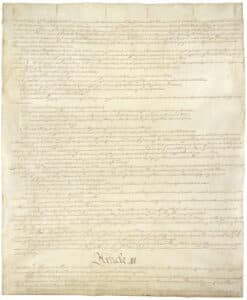
Article 2 of the Constitution sets the guidelines and rules for the federal government’s executive branch, the branch responsible for directly administering the country.
There are 4 sections in Article 2 containing different clauses addressing various issues relating to the president, vice president, and other executive and federal officials.
Article 2, Section 1
Clause 1
Article 2, Section 1, Clause 1 specifies that a president will serve as head of the federal government’s executive branch, serving a 4-year term. Similarly, the vice-president will serve the federal government’s executive branch as vice president.
While there are no limitations on how many terms the president can serve in Article 2, the 22nd Amendment of the US Constitution limits the president to two 4-year terms.

Get Smarter on US News, History, and the Constitution
Join the thousands of fellow patriots who rely on our 5-minute newsletter to stay informed on the key events and trends that shaped our nation's past and continue to shape its present.
Clause 2
Article 2, Section 1, Clause 2 appoints electors from each State who will be directly responsible for selecting the United States president and vice president.
The number of electors from each state is equal to the number of representatives and senators apportioned to each state under the United States Constitution.
There is a stipulation that no elector can at the time be serving as a senator, representative, or other position created by the federal government.
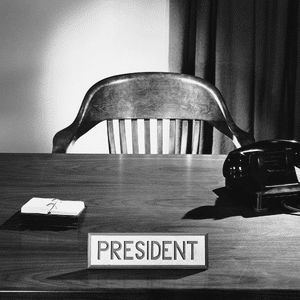
Clause 3
Article 2, Section 1, Clause 3 establishes the electors’ guidelines for selecting the President and vice president of the United States. Electors are directed to meet in their respective states and vote for two individuals, with at least one of the two being a resident of another state.
How are the President and Vice President chosen?
The votes will be delivered to the Senate President, who will count them in the Senate and House of Representative’s presence. The individual with the greatest amount will become President as long as the amount of votes received by them is at least a majority of the electors’ total amount.
The individual with the 2nd highest total will be the Vice President.
If more than one individual gets a majority of votes of the total number of electors, this will result in a tie. In that case, the House of Representatives will vote to determine the President.
If no individual gets a majority, then the House of Representatives will vote between the individuals with the five highest vote totals.
Each state delegation gets one vote from their representative district. If the vote is won, it goes to the House of Representatives. Finally, if there is a tie for the 2nd highest vote total to determine the Vice President, the Senate will determine the winner in a vote.

As might be expected, giving the role of the presidency to the highest vote total and the role of the vice presidency to the 2nd highest vote total created massive problems.
Fellow rivals and competitors for the presidency did not work well together in the same administration and respective offices in the United States early years.
As a result, the 12th Amendment of the United States Constitution was enacted in 1804, which altered the process in many ways, most notably separating the two assigned votes for the electors into two separate ballots, one for the President and one for the Vice President.
This eliminated the problem of two rival factions serving as President and Vice President.
Clause 4
Article 2, Section 1, Clause 4 gives Congress the authority to determine when an election is held and when the electors cast their votes for President.
These dates are uniform in every State of the US.
Clause 5
Article 2, Section 1, Clause 5 sets the qualifications for an individual to serve as President of the United States, namely that the individual is a natural-born citizen of the United States, over 35 years old, and a resident in the United States for at least 14 years.

They also need to win a general election.
Clause 6
Article 2, Section 1, Clause 6 specifies that the vice president will take over the president’s roles, responsibilities, and duties if the president is removed or can no longer serve.
The line of succession determines this.

Suppose the president and vice president are removed or can no longer serve in their roles. In that case, Congress has the authority to appoint a qualified individual to the vacancy of an acting president who will finish the term.
The 25th Amendment of the United States Constitution provides additional guidelines and procedures to clarify this clause’s ambiguous nature.
Clause 7
Article 2, Section 1, Clause 7 states that the President will receive a salary that will not be altered during their service term. They cannot accept any additional money on top of their compensation from the federal government or any state government.
Clause 8

Article 2, Section 1, Clause 8 requires the President-Elect to take an oath of office before assuming the presidency.
The pledge is:
“I do solemnly swear (or affirm) that I will faithfully execute the Office of President of the United States, and will to the best of my ability, preserve, protect and defend the Constitution of the United States.”
Article 2, Section 2
Clause 1
Role and Power of the President
Article 2, Section 2, Clause 1 establishes the President as the United States armed forces leader, specifically naming him Commander in Chief.
A senior Cabinet of officials is also created in this clause, and the President’s pardon power is given. This pardon power may not be used in impeachment cases. The exclusion of authority to grant a pardon in impeachment cases is due to added complications in the balance of power.
Clause 2
Constitutional Powers of the President
Article 2, Section 2, Clause 2 gives the President executive power to sign treaties on behalf of the United States with counsel from the Senate and at least two-thirds support.
Along with counsel and advice from the Senate, the President is given authority to appoint judges, ambassadors, and other public officials.
The Senate also has the right to let the President appoint officials without their consent or advice if the Senate considers them minor appointments. Minor appointments do not need an election.
Clause 3
Article 2, Section 2, Clause 3 gives the President power to fill vacancies that arise when the Senate is in recess. This can be done without Senate approval.
These appointments expire at the end of Congress’s following session.
Article 2, Section 3
Specific Roles of the President
Article 2, Section 3 of the constitution specifies several other specific roles, responsibilities, and rights that the President has.
The President:
- is required to keep Congress informed about governmental affairs through regular State of the Union addresses
- can call either or both houses of Congress to a special session
- is responsible for receiving foreign ambassadors that come to the United States
- can make sure that all laws are executed faithfully while they are in the office
- can commission US officers if necessary
Article 2, Section 4
Section 4 of Article 2 allows for the removal from the Office of the President, Vice President, and any civil officer of the United States if they are impeached and then convicted of treason, bribery, or other high crimes and misdemeanors.
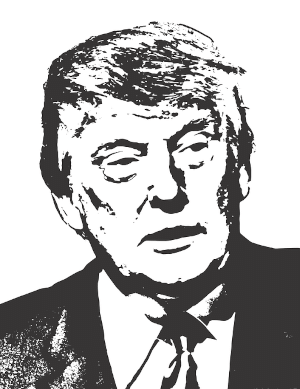
However, impeachment is a complicated process and has not yet been effective in removing officers from office.
| Article 2 of the US Constitution |
|---|
| Overview |
| Defines the executive branch of the federal government, which includes the President, Vice President, and other officials |
| Outlines the powers and responsibilities of the President |
| Establishes the process for electing the President and Vice President |
| Key Provisions |
| Section 1 |
| Establishes the office of the President and Vice President |
| Sets forth the qualifications for holding these offices |
| Provides for the Electoral College to elect the President and Vice President |
| Section 2 |
| Outlines the powers and duties of the President, including serving as commander-in-chief of the armed forces and making treaties with foreign nations |
| Requires the President to give an annual State of the Union address |
| Section 3 |
| Mandates that the President “take care that the laws be faithfully executed” |
| Grants the President the power to convene Congress |
| Section 4 |
| Allows for the impeachment and removal of the President and other officials for “high crimes and misdemeanors” |
Graphic Showing A Summary of Article 2 of the Constitution:
Article 2 of the Constitution outlines the executive branch of the US Government. It gives particular attention to the president and his/her powers and responsibilities.
As it can be difficult to understand, we have explained the text of the 2nd article in simple words – summarizing the main points.
We hope that you find it useful. Feel free to share this graphic!

Article 2 Quiz
If you would like to download a PDF with our quiz, then please go to:
Alternatively, you can take our online quiz here:

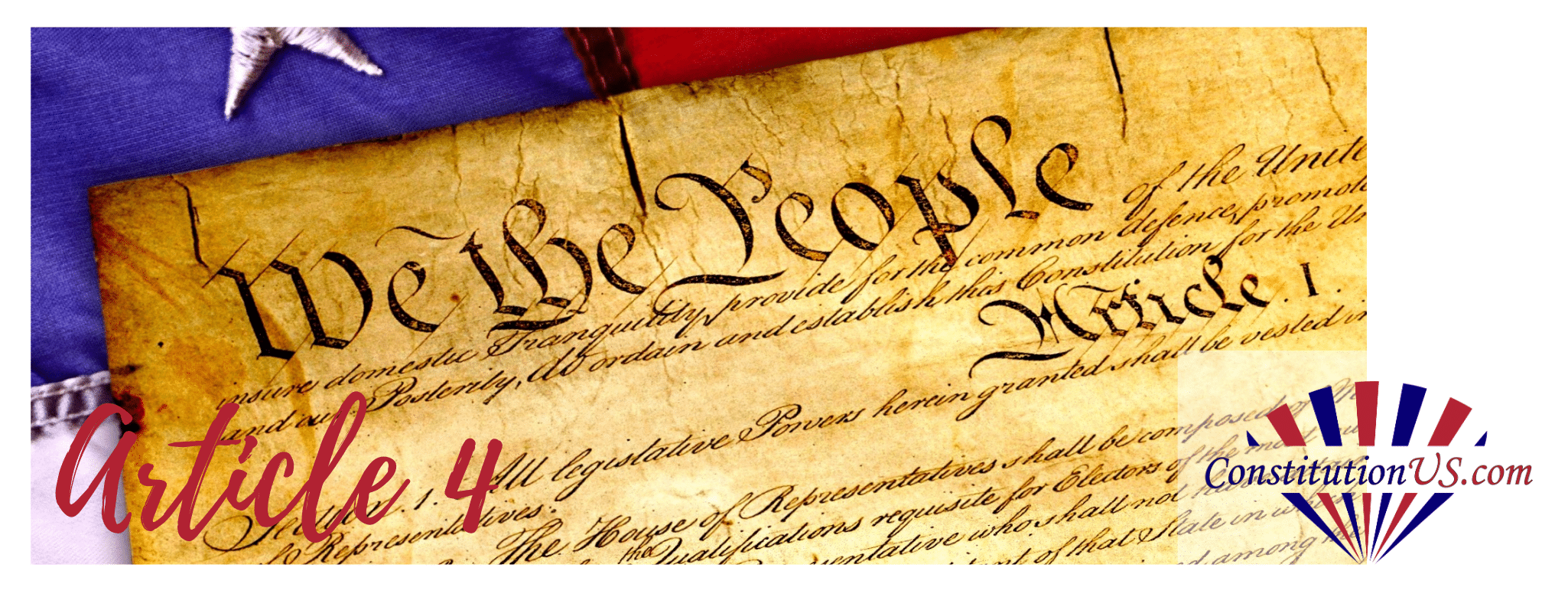
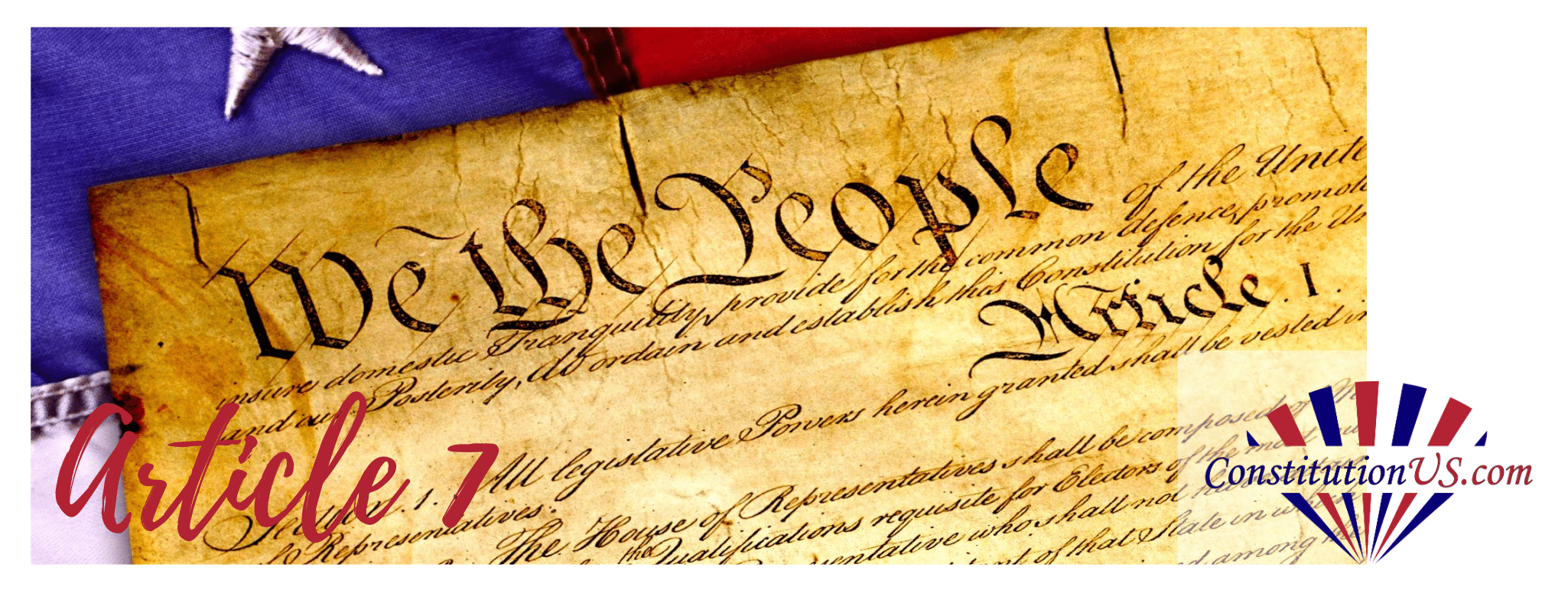
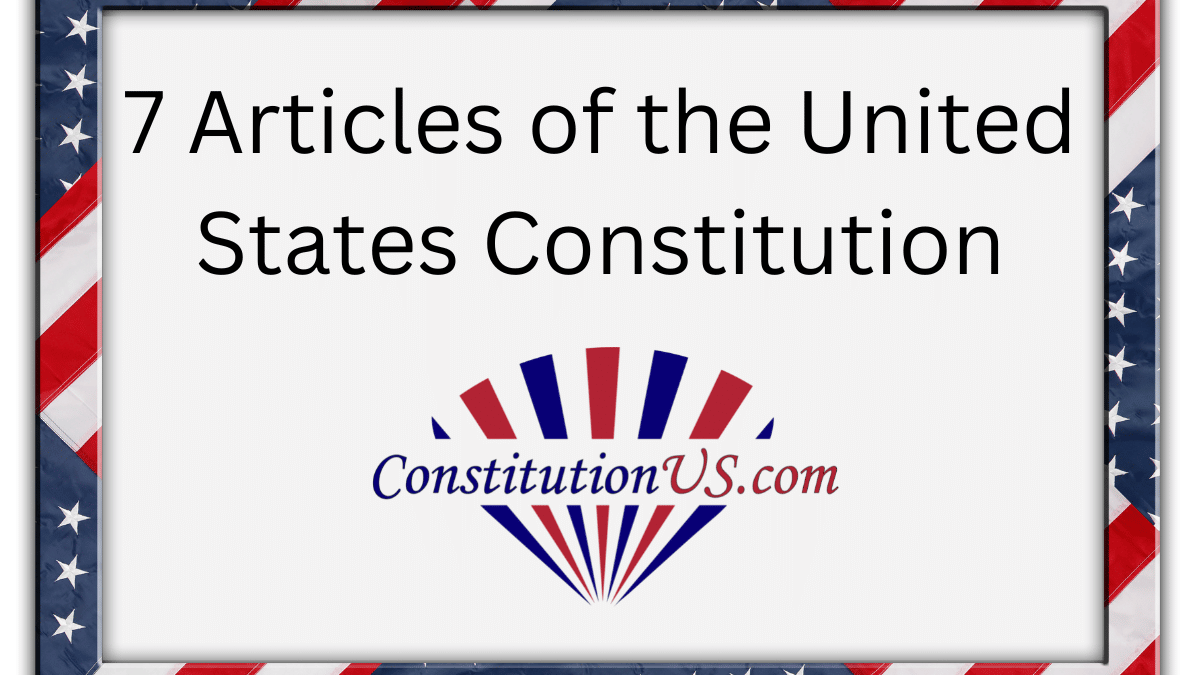
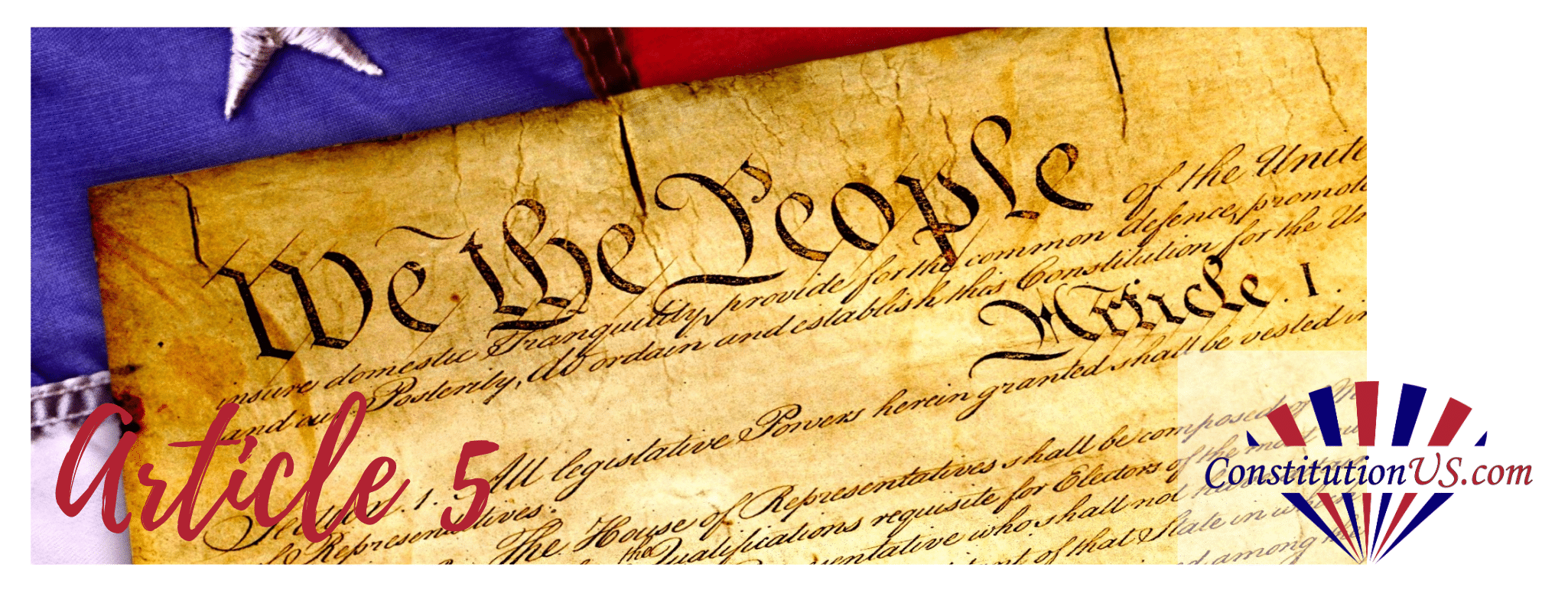


3 Responses
It’s been a while since I last read our Constitution, and the recent circumstances and events, as well as those occurring now, have compelled me to do so.
I’m amazed by the egregious nature of the acts and the absence of acts that would if properly discharged, be beneficial to the United States but which, as currently be the case, are a glaring detriment to them. This is my country. I was born here, and will most likely die here, and I’m unable to see any excuse to silently tolerate what’s happening.
Thanks to whoever made this material available for me to study. It’s a great help.
I need to know if Puerto Rico violates the Second Article of the US constitution by not allowing or making it very difficult for Puerto Rican to enter or exit the island with Fire Arms. And almost impossible to travel or transport a Fire Arm in a plane when traveling from State to State or any of the US territories.
Something must be done to remove all restrictions to transporting a fire Arm to Puerto Rico. If the US citizen has any Concealed Weapon permit from any State, he/she should not be restricted from transporting the weapon on entrance to Puerto Rico with it.
It is not “Article 2”, it is “Article II”. The use of the Arabic “2” is a sop to the ignorant who don’t know Roman numerals. I prefer teaching those that need it what Roman numerals are rather than misquoting the actual Constitution